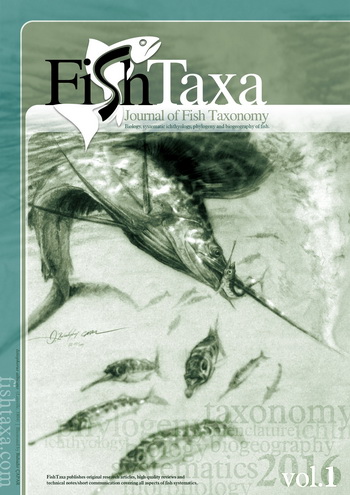Virtual Reality Applications in Fish Morphology Study: Enhancing Taxonomic Data for Insights
Quinatana Borazon, Mikko Heino, Marion Glaser Department of Fisheries and Apiculture University of Zagreb Zagreb, Croatia.
Abstract
Virtual reality (VR) applications have become a ground-breaking tool in studying fish morphology, greatly increasing the collecting and processing of taxonomic data. An essential component of biology, fish morphology helps to classify species, explain their evolution, and guide conservation efforts. Fish morphology research has always depended on physical specimens, which have drawbacks in terms of accessibility, handling, and level of examination. The introduction of VR technology has completely changed this field by providing experiences that are immersive, interactive, and data-rich. Researchers may examine 3D models of fish specimens externally and inside using VR's improved visualization capabilities, revealing fine characteristics previously hidden in 2D photos. More thorough understandings of fish anatomy are made possible by this interaction, which also supports taxonomic organization and ecological study. Virtual reality specimens can be archived and preserved to maintain their long-term accessibility and lessen the dependency on physical collections. The protection of aquatic habitats is aided by AI integration, which speeds up species identification and data processing. The result found that VR applications in fish morphology raise the bar for research on fish taxonomy, biodiversity, and conservation. Scientists, educators, and environmentalists now have a fascinating new way to study and save the beauties of the undersea world due to this revolutionary technology.

